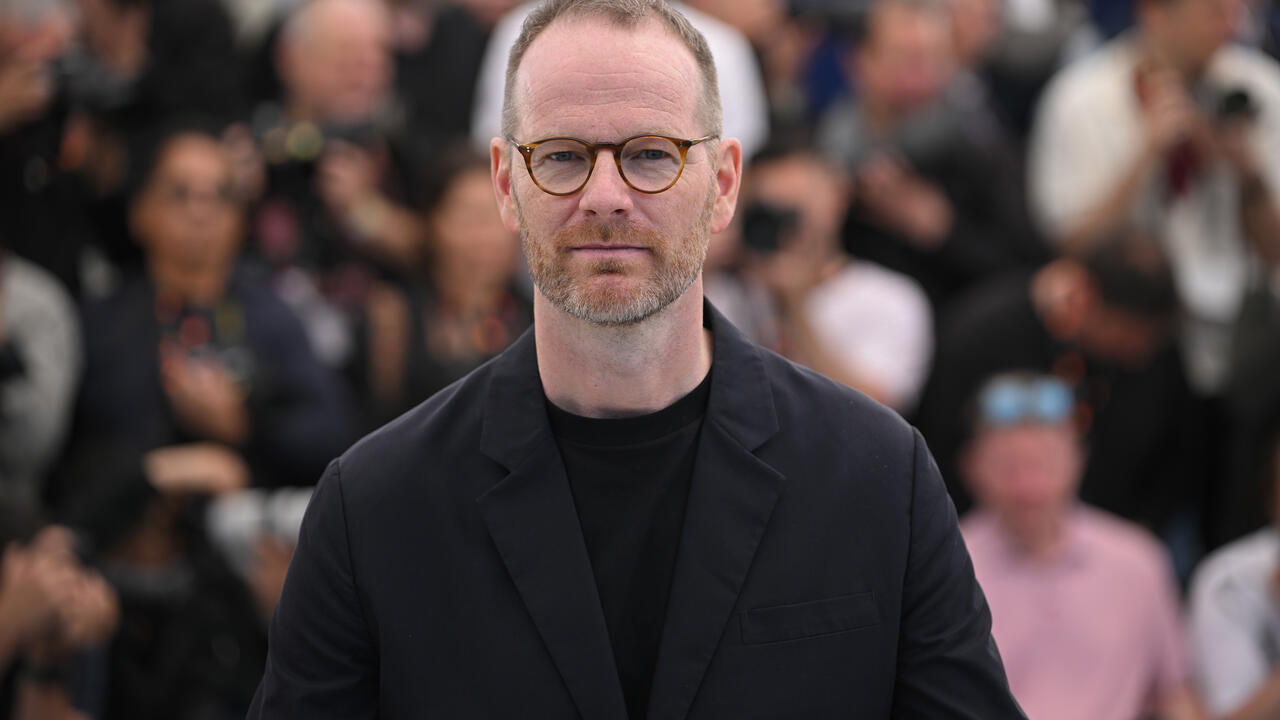Play it again
Omer Fast's feature film adaption of Tom McCarthy's novel Remainder
Omer Fast's feature film adaption of Tom McCarthy's novel Remainder

An actor is hired to play a composer. He asks the director what he ought to compose: ‘Chopin.’ After he protests that Chopin’s works have already been composed, he is told: ‘Then you do it again, and when you are done, you start over.’ Starting anew after everything’s already done is a central motif in Tom McCarthy’s 2005 novel Remainder, whose 2015 film adaptation by artist Omer Fast is being shown in this year’s Berlinale film festival.
In McCarthy’s novel, a young man loses his sense of identity after being hit by an object that falls from the sky. No longer himself, he must reconstruct memories from fragments: the smell of fried liver, for instance, or something to do with a woman. With both in mind, he hires an actress to fry liver in a house. The house is actually a film set, watched over by an administrator who directs the re-enactment from a control room. This director, Nazrul, communicates via headset with the person responsible for the experiment, who remains nameless.

‘About the accident itself I can say very little.’ This is the first sentence of McCarthy’s novel, written in the first person – a choice that bears a semblance of reliability. One can always be wrong, but less so about one’s own perceptions. The modern novel, following modern theories of cognition, has long since destroyed this epistemological optimism – with novelistic techniques of unreliable narration. McCarthy’s Remainder continues this tradition of deconstructive novels that begin with that greatest of certainties, the Cartesian ego, but end up in an infinite regress of (self-)referentiality.
At least two motifs here link the film to Fast’s previous works as an artist: his insertion of an additional narrative frame in which actors play out, as stand-ins, actions and storylines presented separately by a narrator; and his interest in the forms of repetition that result from traumatic situations. Both of these relate to mediation, an aspect often mentioned by the artist involving distance from a reality that appears both overwhelming and inaccessible. Fast’s earlier works The Casting and De grote Boodschap (The Big Message, both 2007) are examples: both pieces are installations in which the distribution of picture and sound in the space is itself an element of the deconstruction of an unattainable authenticity – or a first step towards at least partially reclaiming it.

At the start of Fast’s film adaptation of Remainder, the main character (played by Tom Sturridge) faces the shattered remains of his existence. Glass shards are not only the first sign of the imminent ‘accident’ but also a metonym for what they lead to: a broken subject with whom we intuitively empathize. Our protagonist has a dilemma: an unspecified opposing party has paid him 8.5 million British pounds in compensation for something he must never mention again. Except that he can’t remember it. We follow him as he reassembles his existence, and it is only gradually that we begin to wonder whether our sympathy is justified. Maybe the hero – initially weak and incapacitated, a so-called ‘vegetable’ while in hospital – is not as innocent as the first-person narration might suggest.
Unlike the book, Fast’s Remainder begins with an external perspective: the still comatose and damaged body shows signs of life, and only then does the protagonist speak. Examining the changes between book and film in detail, it seems that Fast – who wrote the script together with McCarthy – places more influence on the latent sadism of the demiurgic self-therapist.

The scene with the composer who is told to re-compose Chopin was added to underline the key aspect of this futile experiment: the relationship between text (score) and life (playing the score), where ‘life’ in all its facets – between vegetativeness and compulsive repetition – appears inauthentic, as structurally distinct from any ‘genuine’ moment to which one might say ‘Freeze!’ (another cinematic technique). The specific relationship between novel and film is also an aspect of this more general relation. Why did Fast decide to realize the novel in the form of a feature film which, for all its elaborate camerawork, sound design and montage, is quite conventional? Adapting it as a film installation with various set pieces would surely have made just as much sense. Or would it?
Remainder and the simultaneous release of a new version of Continuity (2012) – a film version of the installation originally shown at documenta(13) – present questions about Fast’s switch from art to cinema. Remainder suggests an answer: the cinema itself is an installation. Just as in the novel, a linear narrative gives way to a loop and the autobiographical re-enactment proves at least potentially to be part of a ‘plot’ of which the protagonist is the author (and not the victim). So, too, the relationship between novel and film proves circular. We switch sides with respect to the main character: in an installation, this effect might be achieved spatially; Fast has often used it in literal terms – many of his installations require the viewer to go to the other side of a screen. In Remainder, though, this circularity actually results from the linearity of the narrative. It is no coincidence that although Fast did complete this film – fulfilling the task of adaptation with a diegetic closure – it culminates in a loop: a form that in its very nature contrasts with classical narrative film-making. The loop is the ghost of narrative cinema. In spite of its production values in terms of attention to detail (set design, framing, etc) and in every other respect (sound), the overall impression created by Fast’s Remainder is of a near cookie-cutter, by-the-books ‘art’ film, self-conscious in both senses – self-regarding if fully self-aware. Like a para-film pointing to another familiar circular phenomenon: ‘art for art’s sake’.
Translated by Nicholas Grindell






















